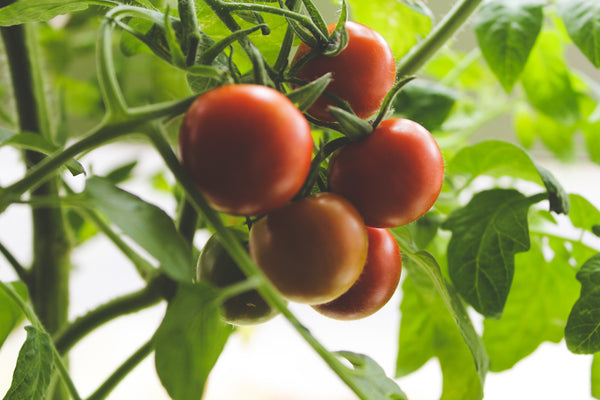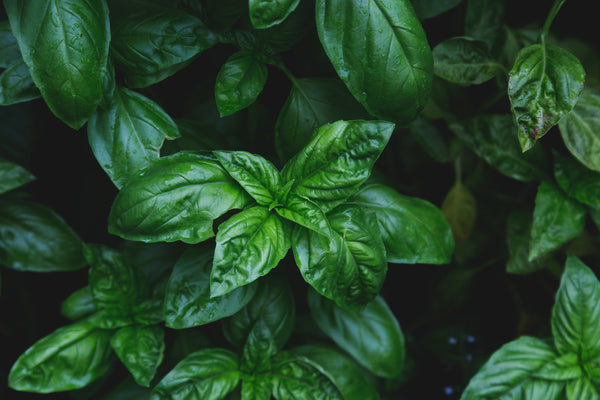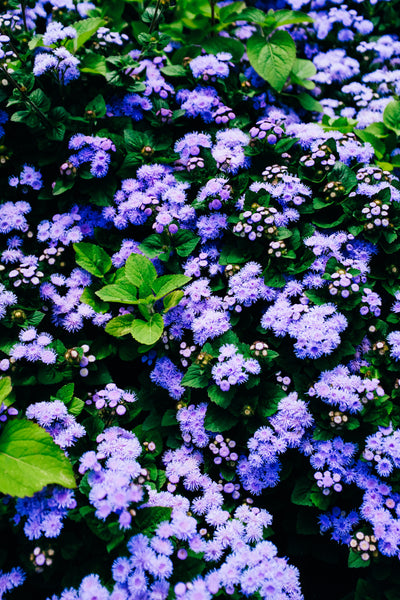The annual flowers in this group have been called many colourful names, including Bitter Indian, Canary-bird vine, Canary-flower, Indian cress, Monk’s cress, Flame flower, and plain old Garden nasturtium. Nasturtiums thrive in poor to average, slightly acidic, well-drained soil. Grown in full sun, you might consider using some rocks around the plants to prevent their roots from getting too hot. In partial shade, plants tend to have larger leaves and a more sprawling habit. Keep watered during dry weather, and do not fertilize. Follow these How to Grow Nasturtiums as colourful companions for your Brassicas, cucumbers, melons, radishes, and tomatoes.
Latin
Tropaeolum majus
Family: Tropaeolaceae
Difficulty
Easy
Season & Zone
Exposure: Full sun to partial shade
Zone: 1-10
Timing
Sow indoors in peat or coir pots 2-4 weeks before last frost (around March 1 on the coast). Better yet, direct sow from 1 week after last frost to late May. Optimal soil temperature for germination: 12-18°C (55-65°F). Seeds will sprout in 7-12 days, perhaps longer outdoors.
Starting
Sow seeds 5mm – 1cm (¼”-½”) deep. If starting indoors, provide darkness during germination, followed by bright light. Space smaller varieties 15-30cm (6-12″) apart, and the big ones like Tall Single 60-90cm (24-36″) apart.
Growing
Nasturtiums thrive in poor to average, slightly acidic, well-drained soil. Grown in full sun, you might consider using some rocks around the plants to prevent their roots from getting too hot. In partial shade, plants tend to have larger leaves and a more sprawling habit. Keep watered during dry weather, and do not fertilize. If aphids infest your nasturtiums, cut off the infested growing tip and destroy it. Otherwise, a quick jet of water from the hose will dislodge and kill aphids.
Companion Planting
Nasturtiums make a good trap crop for aphids, and they deter whiteflies, cucumber beetles, and attract predatory insects. It is a good companion for Brassicas, cucumbers, melons, radishes, and tomatoes.
More on Companion Planting.



